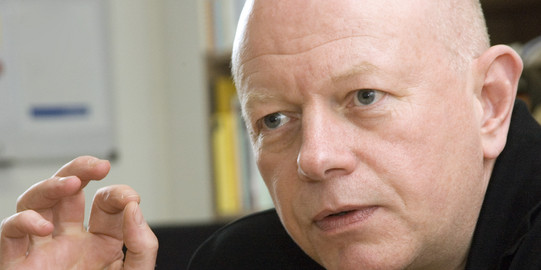TIMSS 2015 - Trends in International Mathematics and Science Study
TIMSS is an international comparative school achievement survey. It focuses on the mathematical and scientific competencies of pupils in different grades. With the 2015 study, Germany participated in TIMSS for the third time with students in the fourth grade.
Funding
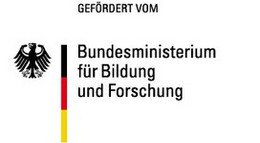
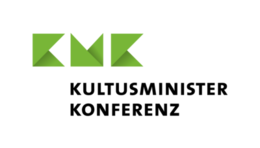
Project description
The Trends in International Mathematics and Science Study (TIMSS) is an international comparative school performance study conducted every four years by the International Association for the Evaluation of Educational Achievement (IEA). The focus is on the mathematical and scientific competencies of students in different grades, which are examined under consideration of central framework conditions of school learning environments.
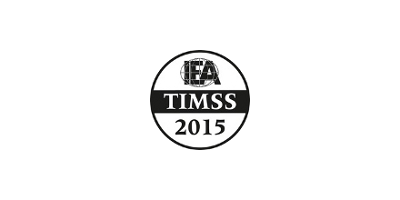
The survey takes place in Germany in all 16 federal states. A sample of approximately 4,000 children in the fourth grade at 200 primary and special schools, who were randomly selected, is examined.
The achievement tests used in TIMSS include tasks with different cognitive demands (e.g. problem solving) from different content areas (e.g. arithmetic or biology). Each child works on tasks from the areas of science and mathematics in 40 minutes. In some cases, the questions are given alternative answers; in others, the children have to formulate their own answers. In addition, the participating children, their parents, the teaching staff in the subjects mathematics and science and the school administrators are questioned in writing in TIMSS. The questionnaires serve to collect relevant information on the school and family background of the pupils in order to be able to interpret the performance results appropriately in the context of the sometimes very different social and school framework conditions.
A central concern of the study is to document long-term developments in the participating education systems. Germany's participation is part of the overall strategy for education monitoring in Germany and is based on a resolution of the KMK and an agreement between the KMK and the BMBF.
Lead researcher at IFS
Project management
- Dr. Heike Wendt
Project team
- Dr. Daniel Kasper
- Dr. phil. Svenja Rieser
- Martin Goy
- Dan Chen
- Daniel Scott Smith
External project partners
Scientific Consortium
- Prof. Dr. Olaf Köller (Leibniz-Institut für die Pädagogik der Naturwissenschaften und Mathematik)
- Prof. Dr. Christoph Selter (TU Dortmund, Institut für Entwicklung und Erforschung des Mathemathikunterrichts)
- Prof. Dr. Knut Schwippert (Universität Hamburg, Fachbereich Erziehungswissenschaft)
Co-opted members of the Consortium
- Dr. Kristina A. Frey (Westfälische Wilhelms-Universität Münster, Institut für Erziehungswissenschaft)
- Prof. Dr. Thilo Kleickmann (Christian-Albrechts-Universität zu Kiel)
- Prof. Dr. Gerd Walther (Christian-Albrechts-Universität zu Kiel)
Publication of the results
TIMSS 2015 results were released on 29 November 2016 at 11am.
- Download Berichtsband
- Link to the international publication website of the TIMSS & PIRLS International Study Center, Boston College
Further information
Forerunner projects at the IFS


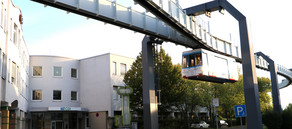



![[Translate to English:] [Translate to English:]](/storages/ifs-ep/_processed_/8/5/csm_AdobeStock_412860748_9a2dbb816c.jpeg)
